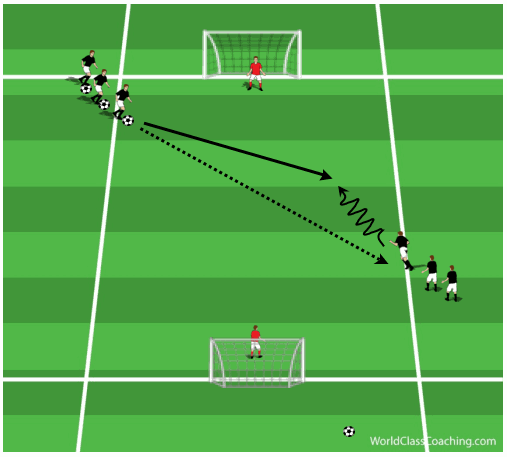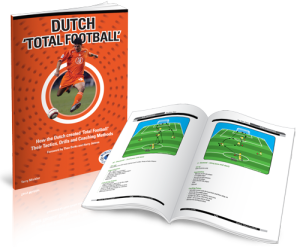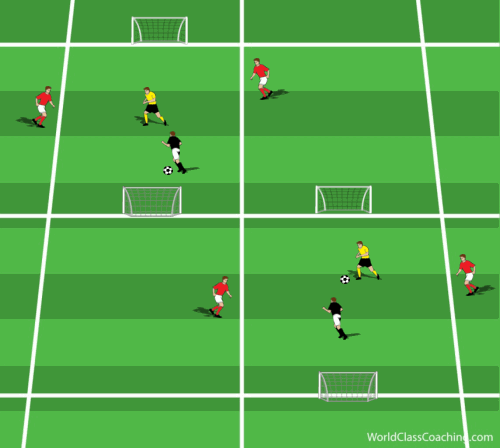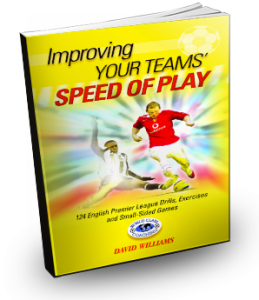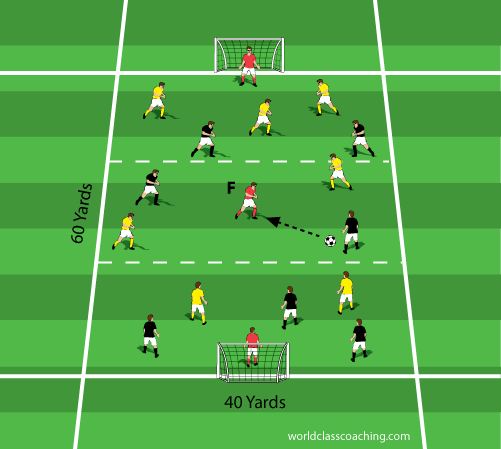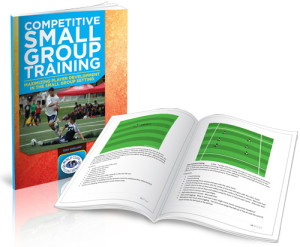A recent article was mentioned on our Kansas City Soccer Forum. It discusses a recent Princeton, NJ School Board decision that would require soccer players (as well as field hockey and lacrosse players) to wear a protective soft helmets in order to diminish the chances of suffering a concussion. I've seen this topic come up from time to time but this is the first time I've heard of a school district attempting to mandate the use of headgear for soccer.
The headgear they are planning to use is the SG360 by HRP Products.
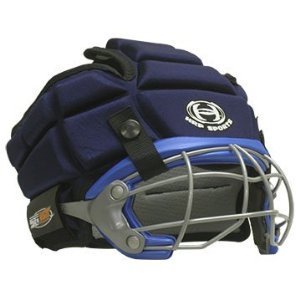
This is largest headgear I've seen being used for soccer. Other protective headgear on the market includes the Full 90 and ForceField. They are much smaller and don't include any eye protection.
“We’re very aware that for players in all sports there’s a risk of head injuries and we’re just trying to do whatever we can to prevent them,” said Timothy Quinn, president of the Princeton school board.
My question has always been, "Do these helmets protect against a concussion." Pediatric neurosurgeon Alexander Post from the New Jersey Pediatric Neuroscience Institute in Morristown has given numerous lectures on concussions and said he does not believe that the proposed headgear would even be effective in reducing the risk.
“You can get a concussion from pretty much doing anything,” he said. “Any activity carries a certain degree of potential risk and you have to weigh that risk. In general, the headgear is good for reducing abrasions and lacerations, but not for protecting against concussions to any significant degree.”
Barbara Greiger-Parker, the president of the Brain Injury Alliance of New Jersey, told NJ.com that
Continue reading

